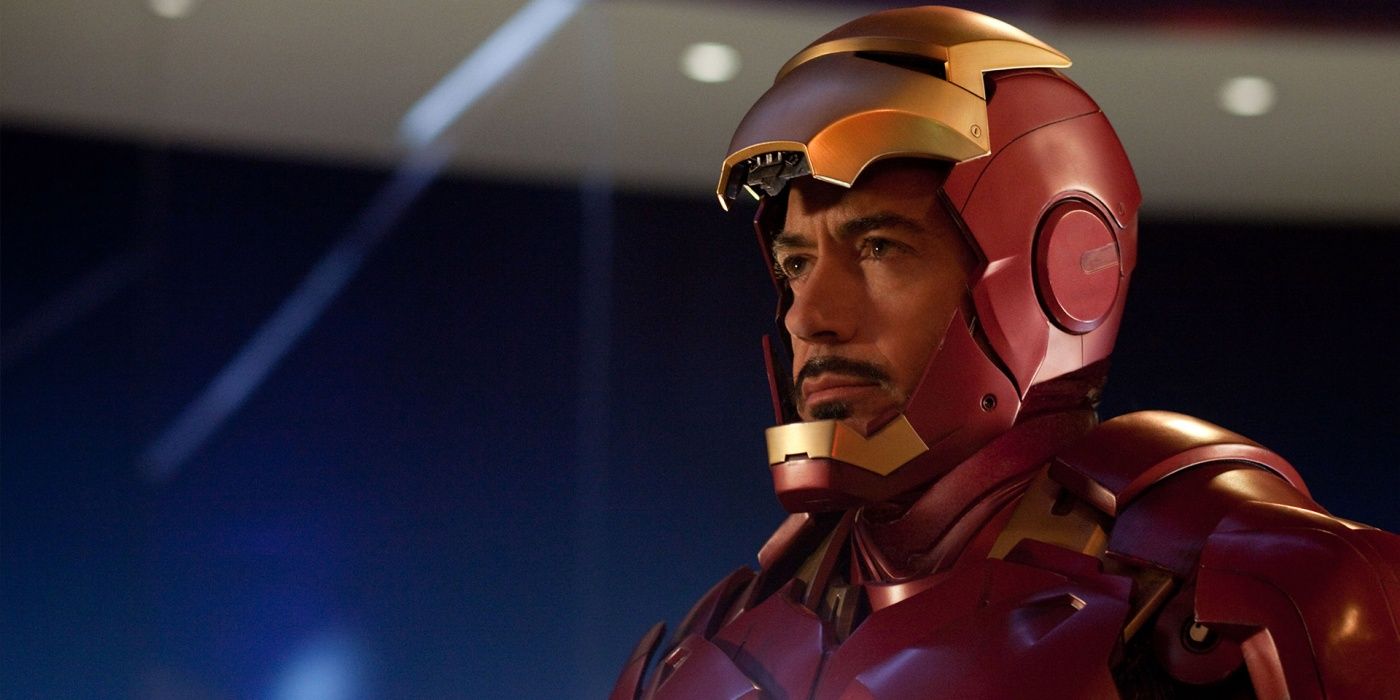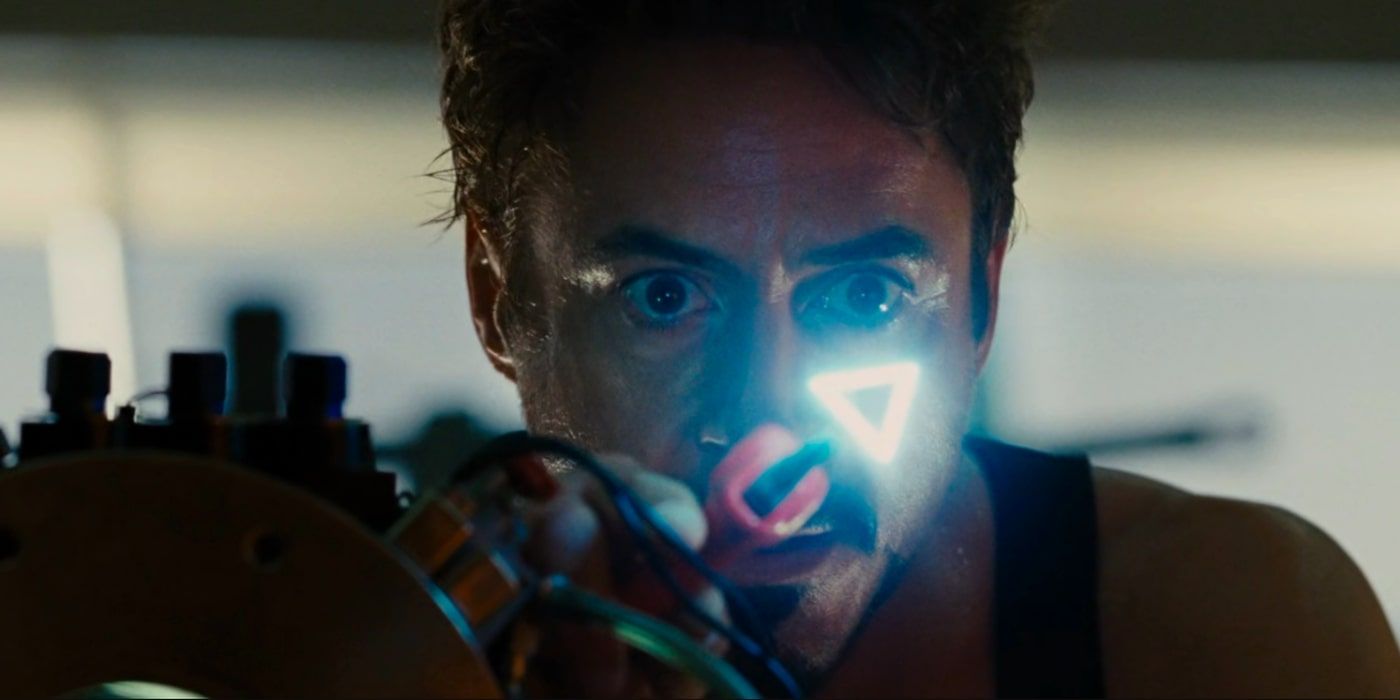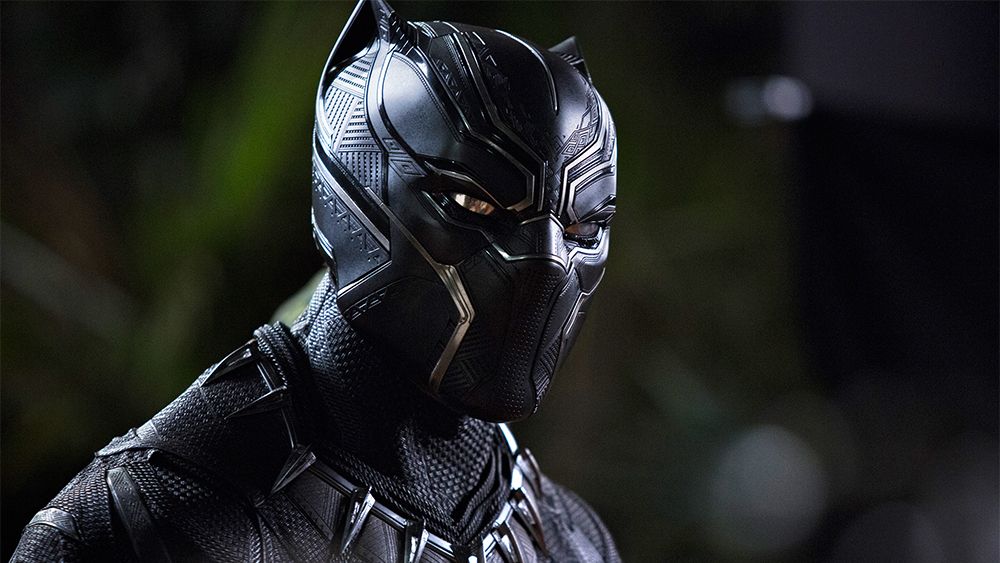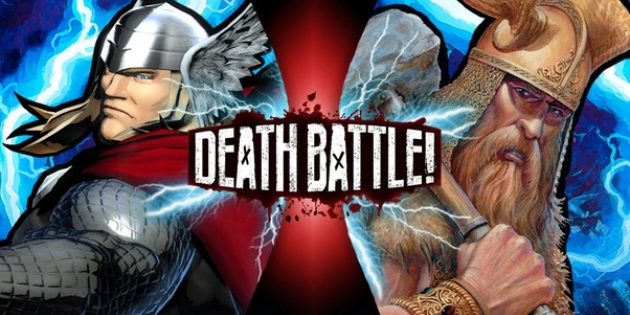The novelization of Iron Man 2 gives a different origin for the MCU’s strongest metal, and the franchise made the right call in changing it.

It’s easy to forget the humble origins of the Marvel Cinematic Universe. Samuel L. Jackson’s now-legendary Iron Man cameo aside, early movie efforts were more concerned with doing right by their respective characters than the implications of a larger interconnected universe. The second Iron Man film stepped into a bit of a trap on that front when Tony Stark apparently “invented” vibranium while seeking a cure for his blood poisoning. Fortunately, that quickly changed, and Wakanda is now the only official source of the super-hard metal.
Iron Man 2 arrived in the MCU’s infancy, and the film’s production difficulties have been well-documented. A muddled creative process and early eye on The Avengers led to a lot of ideas swirling around without a firm foundation, including the introduction of vibranium. Indeed, Iron Man 2 centers around the creation of a new element in order to power Tony’s personal arc reactor and save his life, which matches the necessary basics for vibranium. In light of the way the MCU developed, however, rethinking this idea was a smart play.
RELATED:Before Iron Man, Robert Downey Jr. Nearly Played Another Marvel Techno-Hero
The Early History of Vibranium in the MCU
According to Iron Man 2, Howard Stark theorized the creation of the new element and left clues for Tony to find and act upon. Tony applied what his father knew and created the new element to replace the palladium in his deteriorating chest implant. The notion was serviceable in terms of the plot — giving Tony something to work toward during the film’s middle act — but the specifics were left a little cloudy. The metal didn’t have a formal name, at least in the film itself. A tie-in comic book from Marvel titled Avengers Prelude: Fury’s Big Week (by Christopher Yost, Eric Pearson and Luke Ross) stated that Tony tried (and failed) to patent it as “badassium,” but that detail never got off the ground.
The novelization of Iron Man 2, however, contained a surprise. The new element is referred to as vibranium by name, meaning Tony created it and that it didn’t exist before Iron Man 2. And for a brief period, that was canon in the MCU. Iron Man 2 opened in 2010, and it took over a year for the explanation to be retconned. Captain America: The First Avenger — released in 2011 — formally redefined vibranium as “the rarest metal on Earth,” and stipulated that supplies of it couldn’t be readily duplicated. The small amount Howard Stark had gathered was just enough to create Cap’s shield.
RELATED:The MCU’s Multiverse Could Turn Iron Man 2’S Big Villain Into A Hero
How Captain America’s Vibranium Retcon Benefited the MCU
That creates the mystery of whether Howard used vibranium to conceive the new element, but regardless the retcon meant that Tony Stark was no longer the inventor of the iconic Marvel substance. Doing so paid huge dividends, as it allowed the MCU to integrate Wakanda more organically and provide strong motivation not only for Black Panther’s backstory but also for Ulysses Klaue’s operations in Avengers: Age of Ultron. In the comics, vibranium originated in Wakanda — Black Panther himself explained how it functioned in Fantastic Four #53 (by Stan Lee and Jack Kirby) all the way back in 1966. With that information in their back pocket, the creative team at Marvel Studios sensibly decided to stick closer to what was established in the source material.
Recognizing the in-canon problems of Iron Man 2 facilitated a quick course correction, making a clean break from the dodgy explanation that Tony created vibranium before the nascent MCU became too complicated to undo it. Keeping vibranium in Stark’s stable would focus the universe too much on one character, whereas opening it up — even if the filmmakers didn’t know where it might lead — provided options to expand the MCU beyond him.










